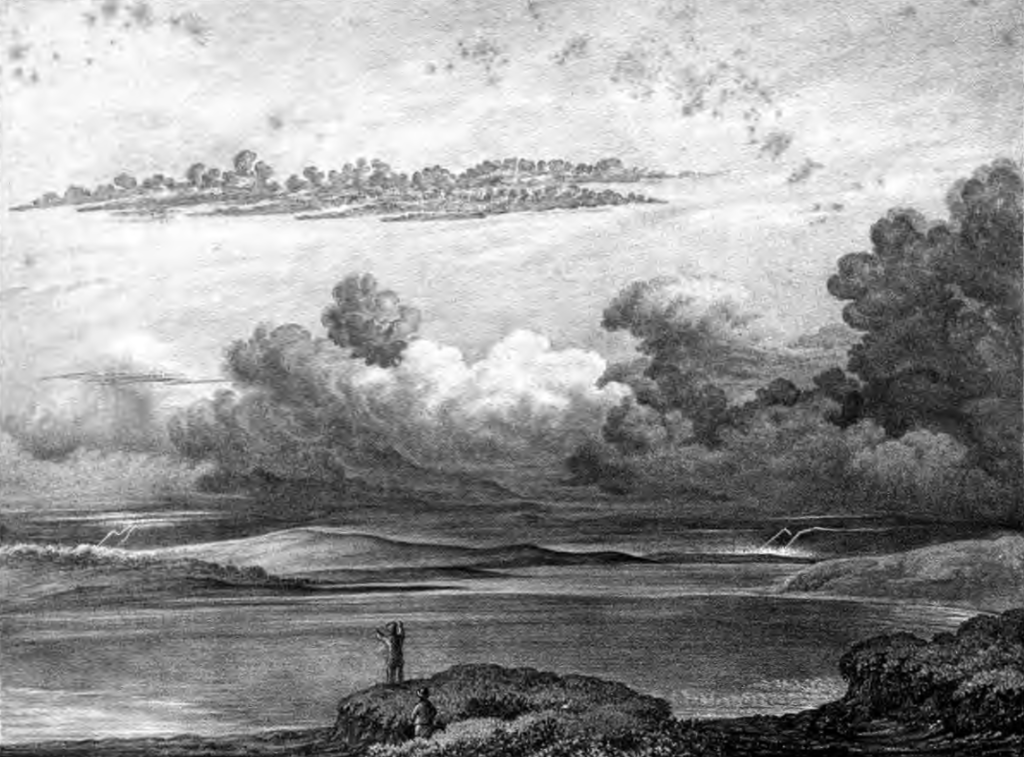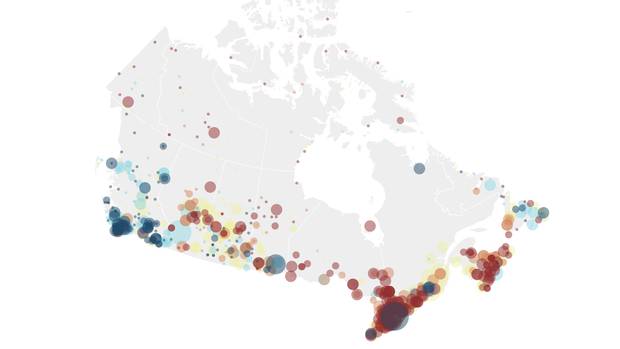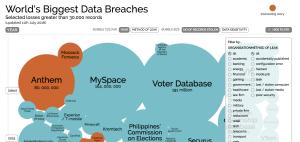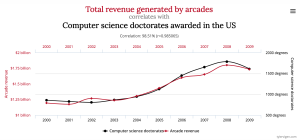Pharos is an effort among 14 institutions to create a database that will eventually hold and make accessible 22 million images of artworks.
The New York Times has a story about a collaboration to develop the Pharos consortium photo archive, ‘Photo Archives Are Sleeping Beauties.’ Pharos Is Their Prince. The consortium has a number of interesting initiatives they are implementing in Pharos:
- They are applying the CIDOC Conceptual Reference Model.
The CIDOC Conceptual Reference Model (CRM) provides definitions and a formal structure for describing the implicit and explicit concepts and relationships used in cultural heritage documentation.
- They have a visual search (which doesn’t seem to find anything at the moment.)
- They are looking at Research Space (which uses CRM) for a research linked data environment.





